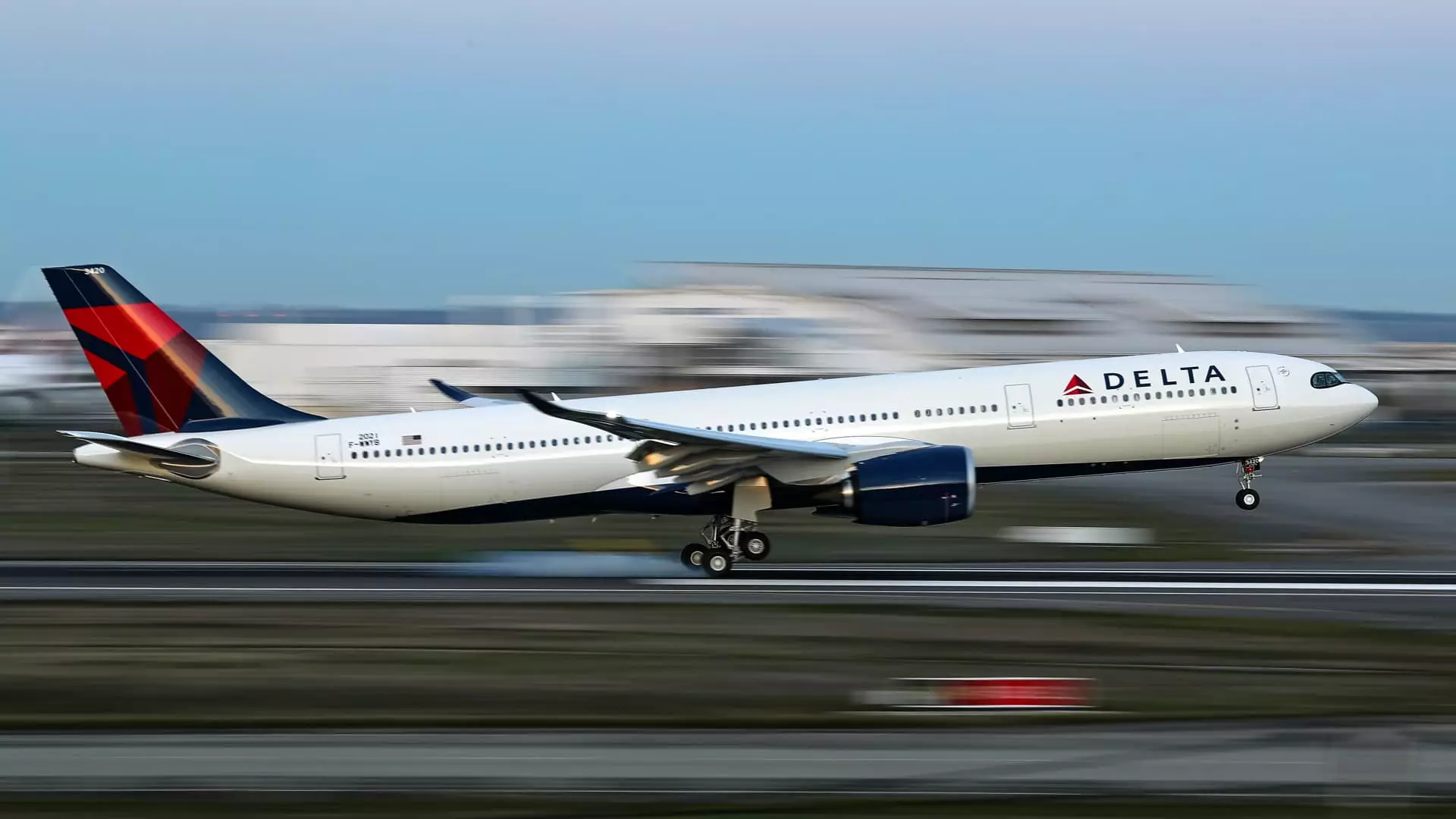In the high-stakes game of airline economics, the promise of enhanced comfort in premium cabins is often spun as a virtue. Airlines like Delta tout their ongoing efforts to refine and segment their luxurious offerings, claiming these innovations serve customer needs. But beneath the glossy veneer lies a troubling pattern: a strategic shift that responsibly caters to the wealthiest travelers while subtly pushing more budget-conscious flyers into increasingly restrictive and less comfortable sections. The narrative of evolution in premium cabins masks a calculated effort to maximize profits at the expense of genuine passenger experience.
Delta’s current intrigue with segmenting premium cabins reflects an unspoken reality. Instead of elevating the overall quality and perceived value, airlines are masterfully crafting tiered offerings that prioritize the elite, leaving middle-income travelers with ever-decreasing value for their money. The focus on boosting margins in higher-end seats — where revenue climbed by 6% in the first half of this year — underscores a business model that seeks to commodify luxury, not elevate it. Meanwhile, the revenue from economy class contracts, signaling an ongoing shift where affordability and comfort are not prioritized symmetrically. This is neither a coincidence nor an enhancement of service as much as a calculated restructuring that consolidates profits in the pockets of the privileged.
The Curated Promise of “Innovation”
The airline executives’ comments about testing new premium offerings and surveying travelers are more about marketing than meaningful change. Upgrading seats and adding amenities sound promising on paper but often serve as a distraction from the essential fact: air travel, at its core, remains an expensive, uncomfortable, and often dehumanizing experience. The notion that Delta aims to “provide improved service through segmentation” is, in reality, an acknowledgment that the airline will continue to use luxury as a tool for differentiation and revenue extraction rather than a genuine effort to make flying more humane.
What is truly revealing is Delta’s reluctance to confirm whether it will introduce cheaper or more flexible premium options. The absence of clear plans suggests that the airline is content with maintaining a two-tier system that favors those willing to pay exorbitant prices for marginal upgrades. Their experimentation with new configurations and survey data are horse-trading strategies, designed to gauge how much more they can squeeze from consumers — all under the guise of innovation and customer satisfaction. But there is little evidence to suggest that such tests will lead to meaningful affordability or accessibility. Instead, they reinforce the idea that premium cabins are increasingly exclusive enclaves for the financial elite.
The Mirage of Progress in Air Travel
At a time when the aviation industry claims to be “upgrading” its products, consumer advocates and critics like Henry Harteveldt offer a stark counterpoint: airplanes are continually replacing affordable comfort with calculated opulence. Airlines invest in larger seats and luxury suites not because they believe in enhancing the flying experience for all, but because they understand where the real money is. The trend towards larger, more luxurious cabins, with options for up to four people to dine privately, exemplifies this pivot towards elite-focused experiences.
It is evident that in-flight luxury is becoming less about inclusivity and more about creating a status symbol. The idea that airlines are “keeping up with technology” to redefine premium cabins sounds benign, yet it subtly deepens the divide between those who can pay and those who cannot. The cycle of updating, rebranding, and marketing high-end cabins is less about innovation and more about commodifying a fleeting sense of exclusivity, often at the cost of the broader flying public’s dignity and comfort.
The Power Dynamics Behind the Curtain of Luxury
What does this all say about the future of air travel in a system driven by profit rather than passenger welfare? Airlines are increasingly treating premium cabins as profit centers rather than spaces dedicated to passenger comfort. They manipulate technological advancements and consumer surveys not to genuinely improve, but to refine their ability to extract maximum revenue from the most lucrative segments.
Chief executives like Ed Bastian openly admit that the current state of their premium products is outdated, framing it as a necessary expense to stay competitive. This acknowledgment is a dangerous admission: it reveals that these “luxuries” are transient, ever-changing commodities in the airline’s quest to keep wealthy travelers loyal. Meanwhile, the majority of travelers, often those in economy, continue to suffer from cramped seats, minimal legroom, and an overall brutalized experience that seems increasingly crafted to induce discomfort rather than comfort.
Airline companies are adept at disguising profit-driven tactics with appealing narratives of innovation and customer focus. Their focus on premium cabins reveals a systemic shift that exacerbates inequality and commodifies luxury, turning what could be a universal mode of transportation into a privilege reserved for the few. As passengers, we must be critical of these so-called “upgrades,” recognizing them as strategies designed more to inflate profit than to genuinely improve the human experience of flying.

